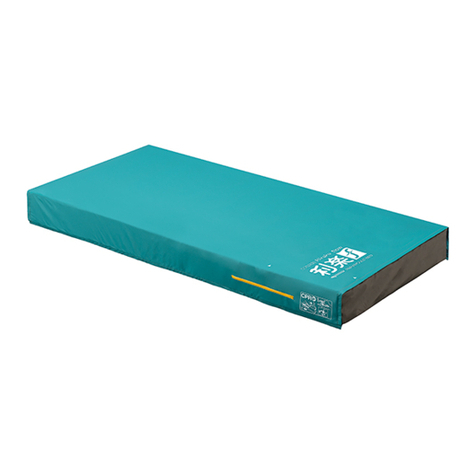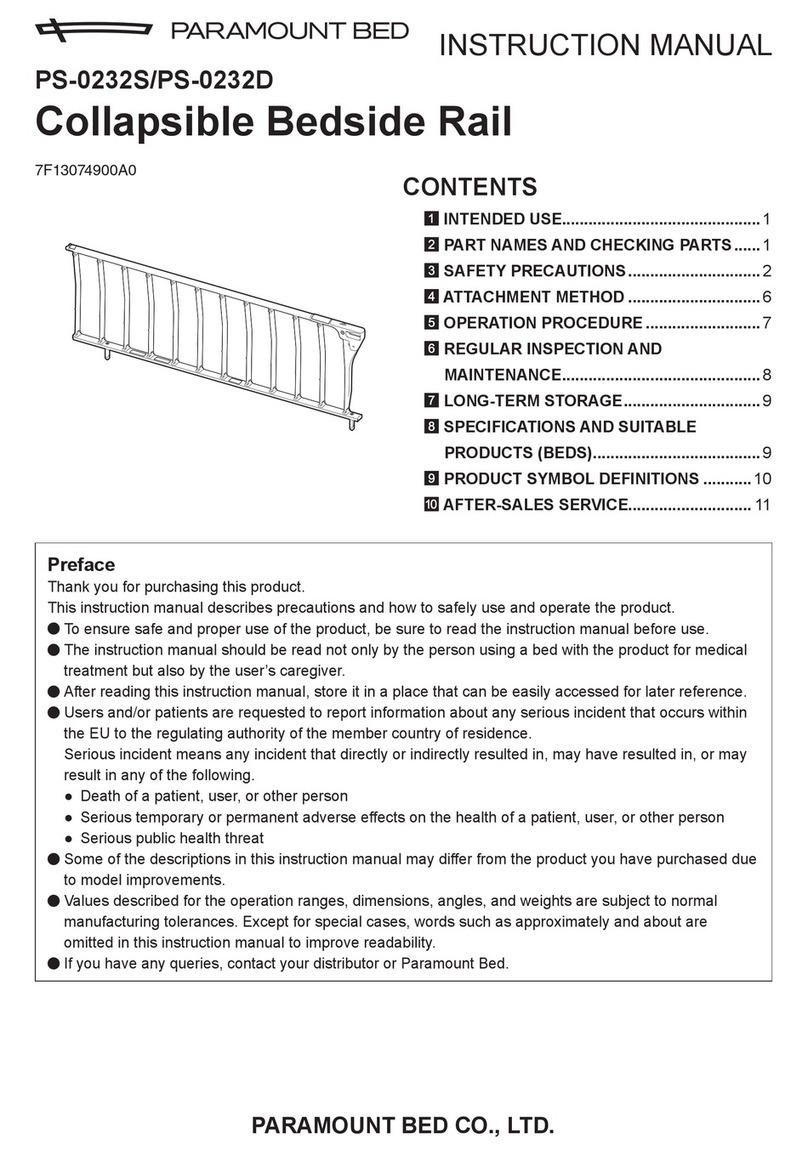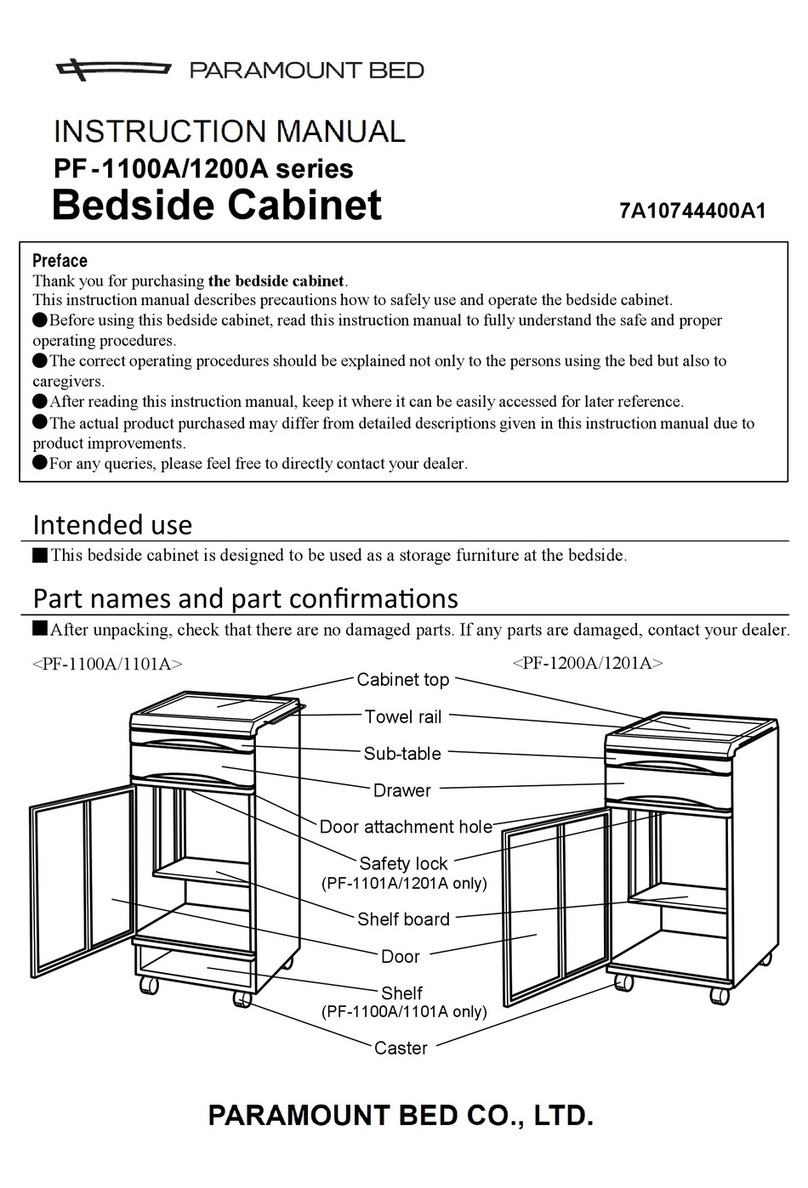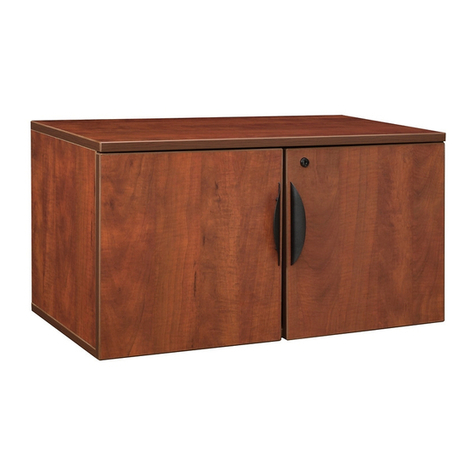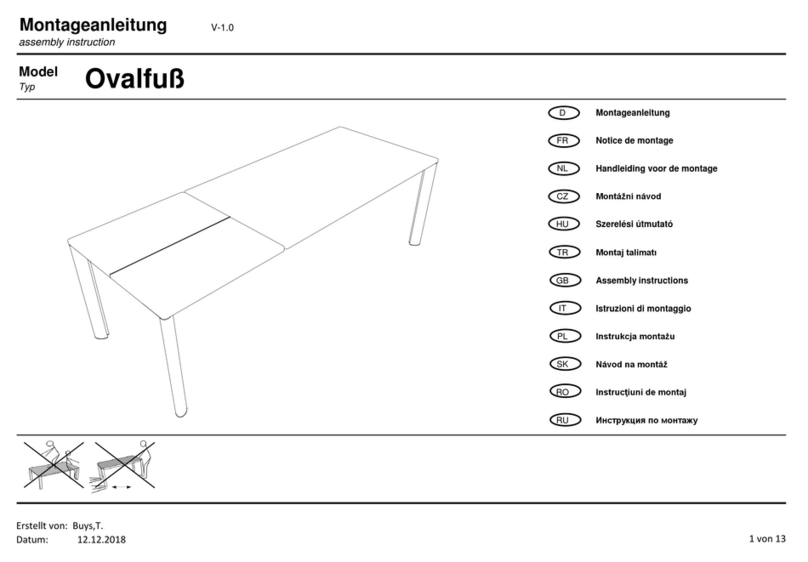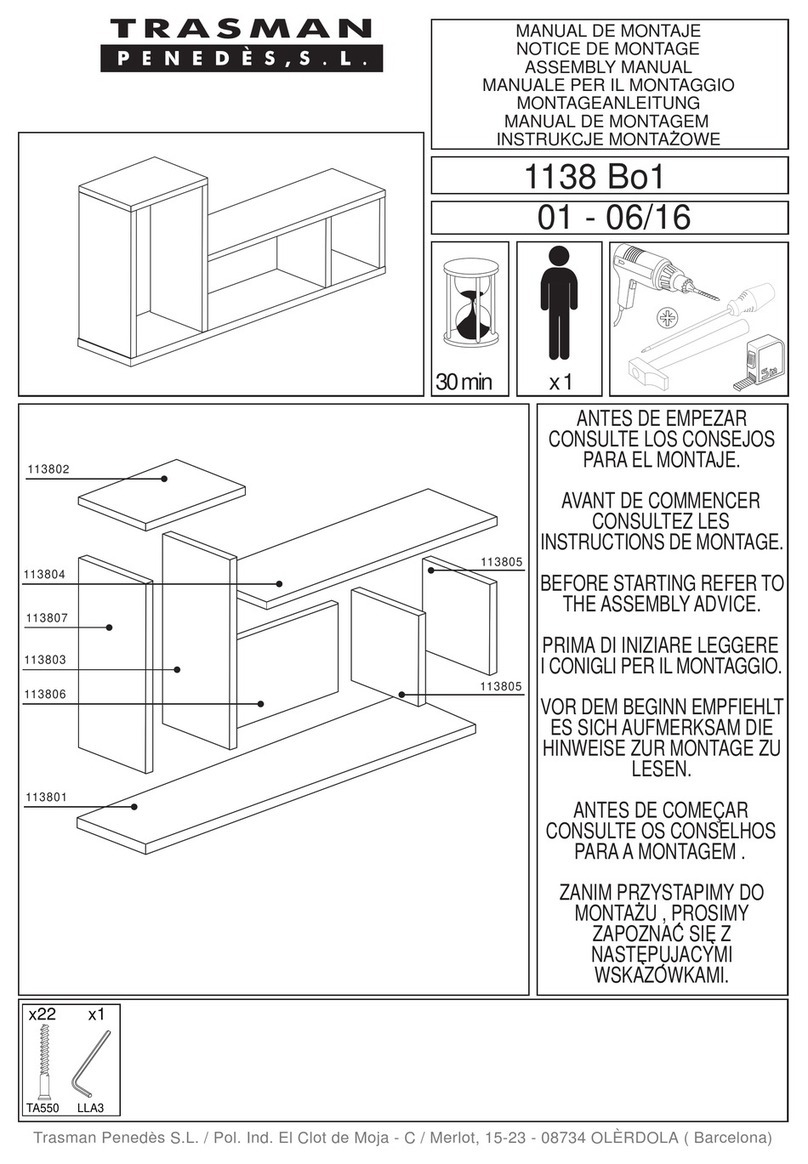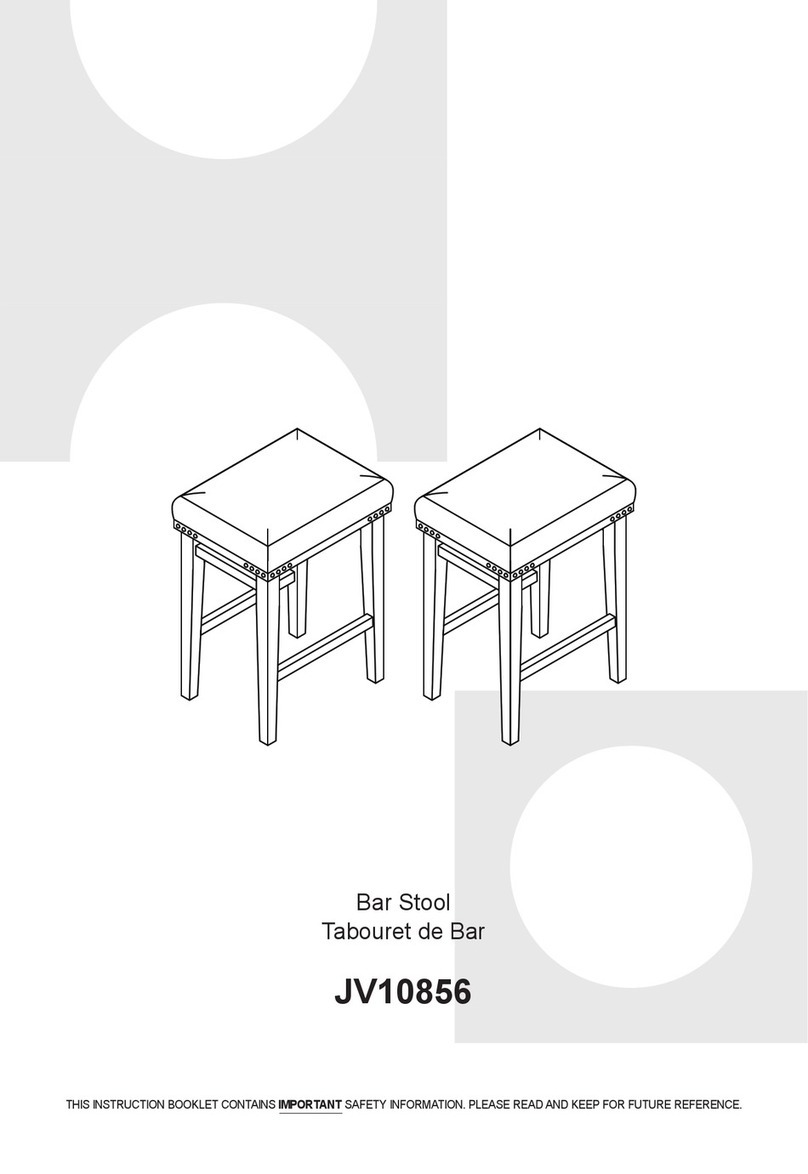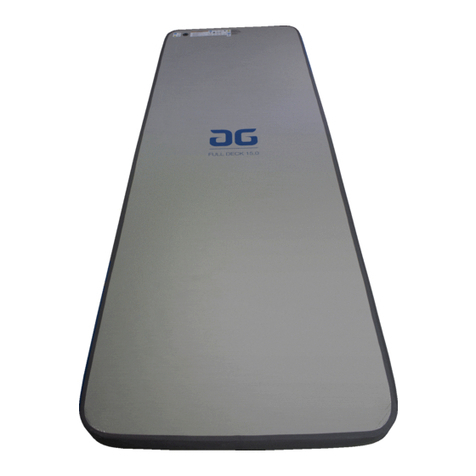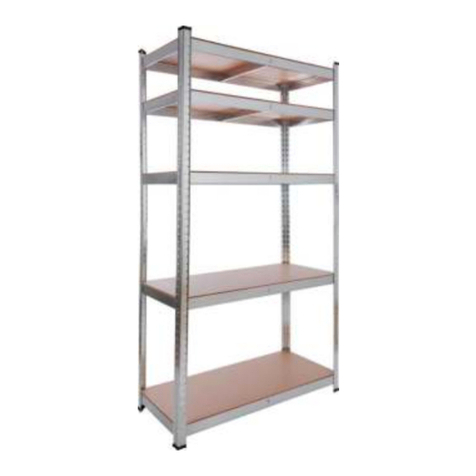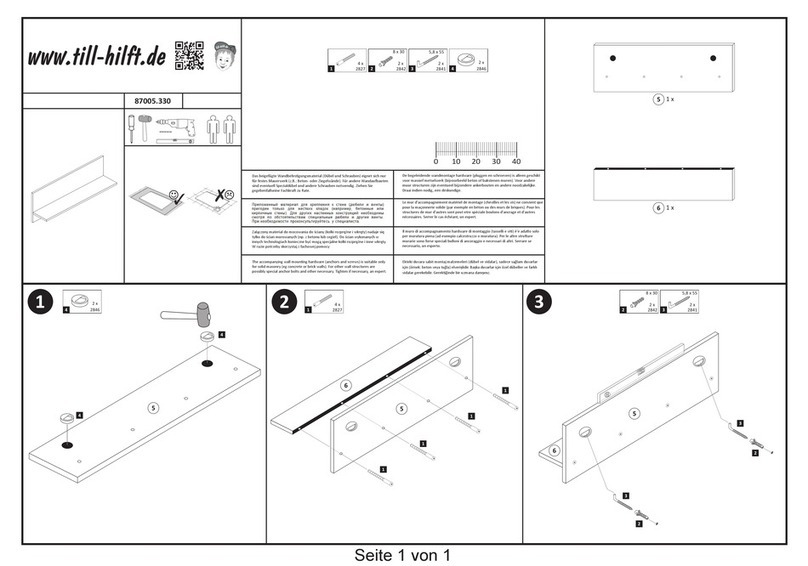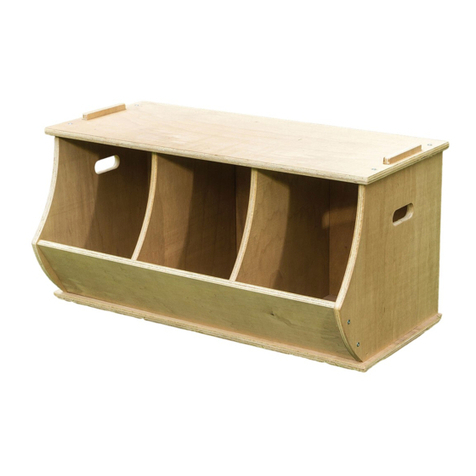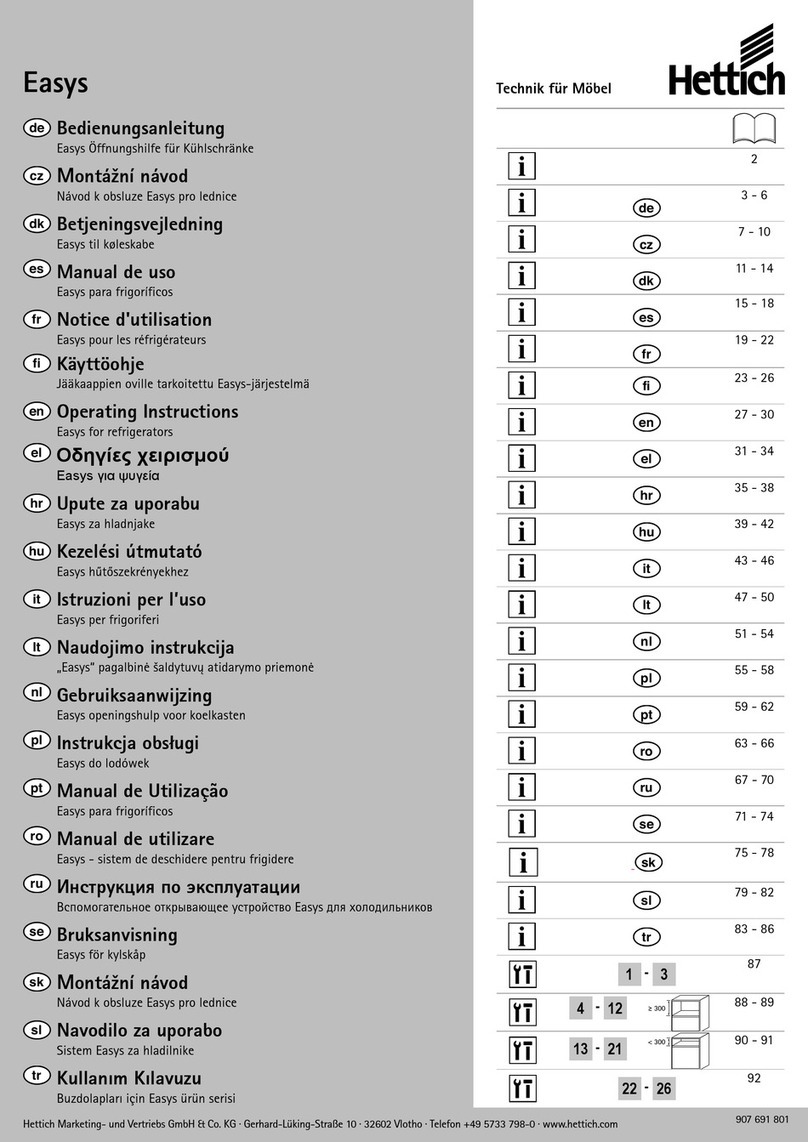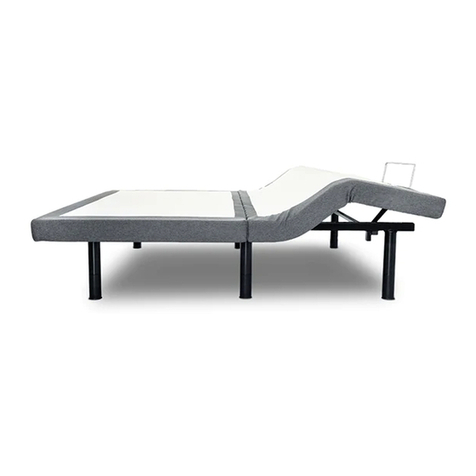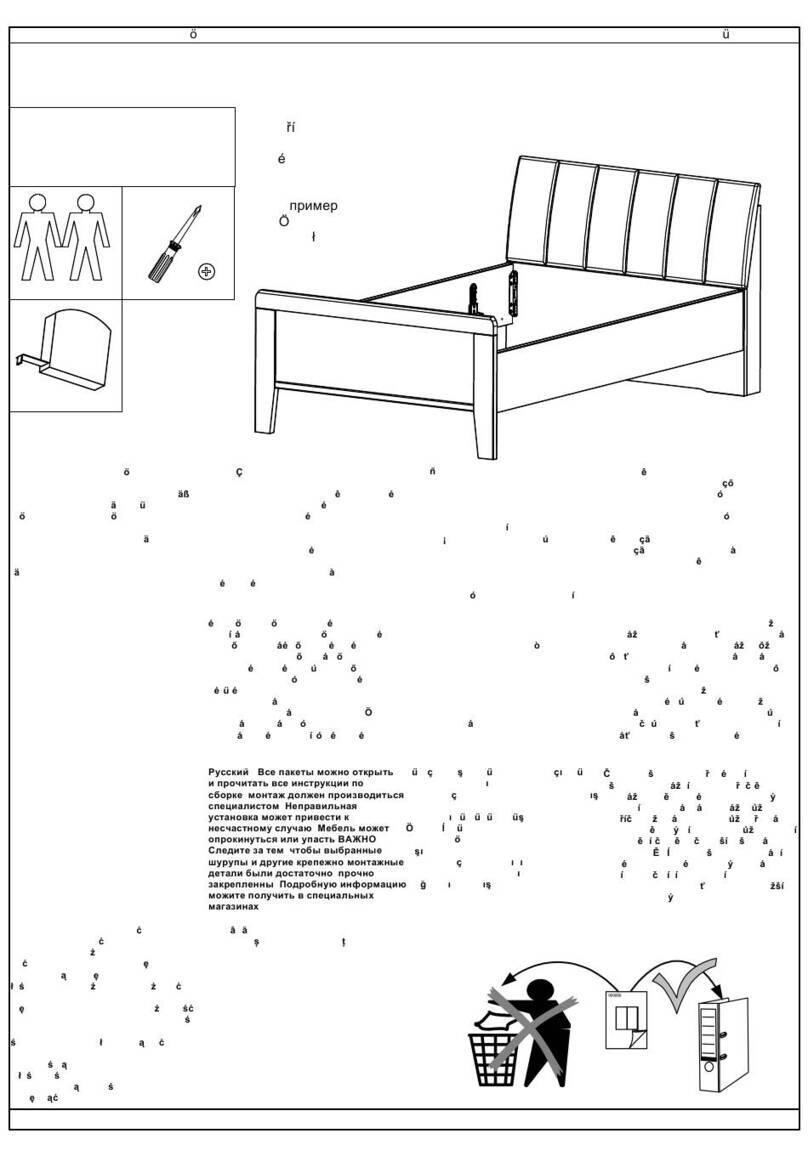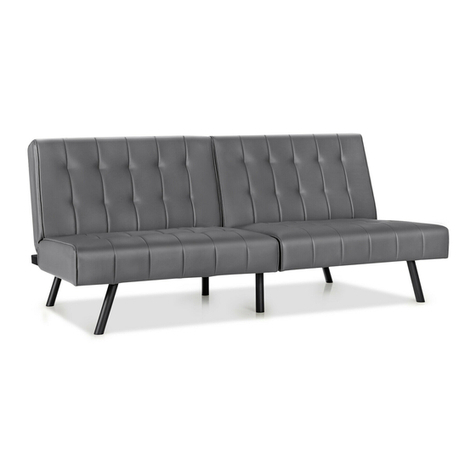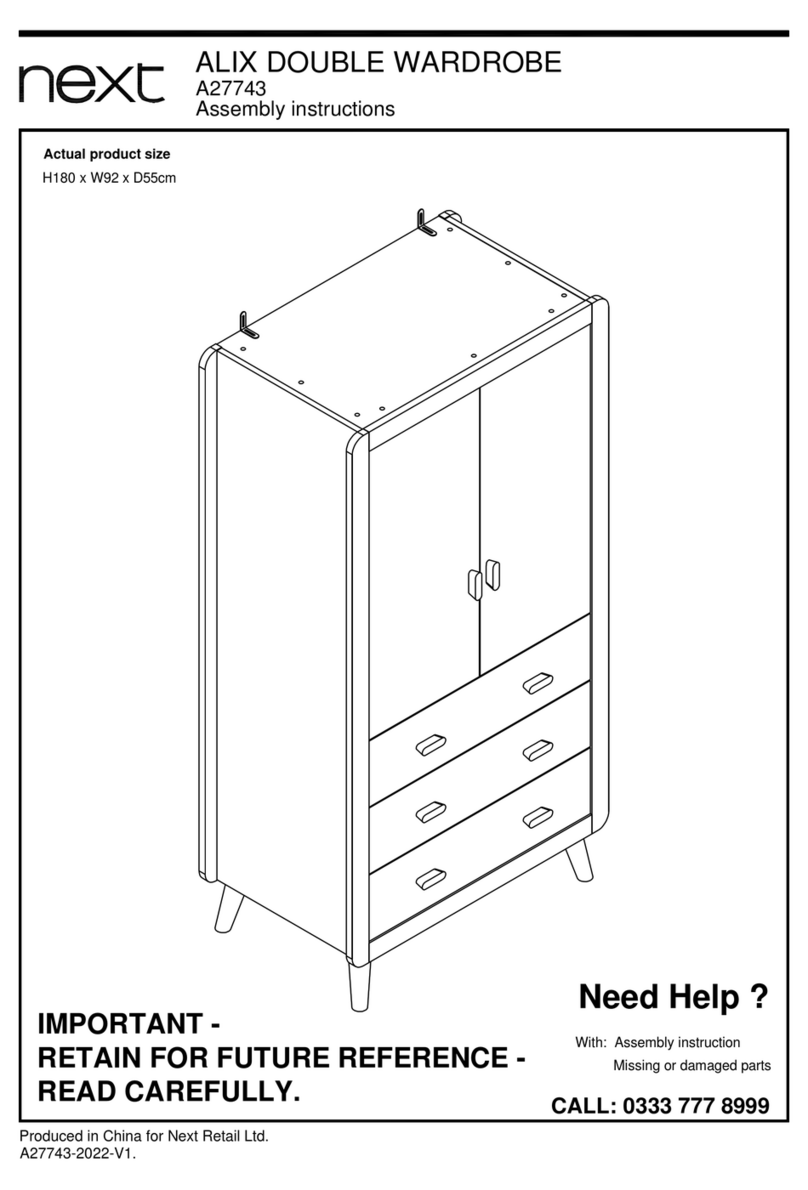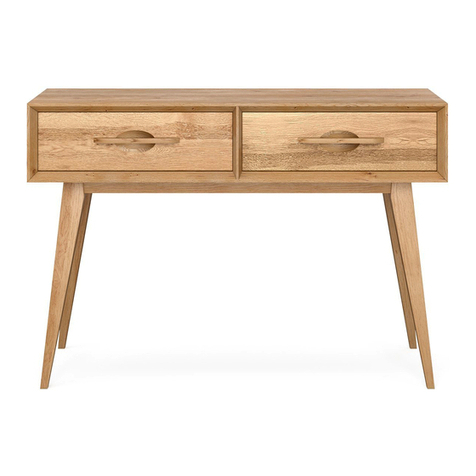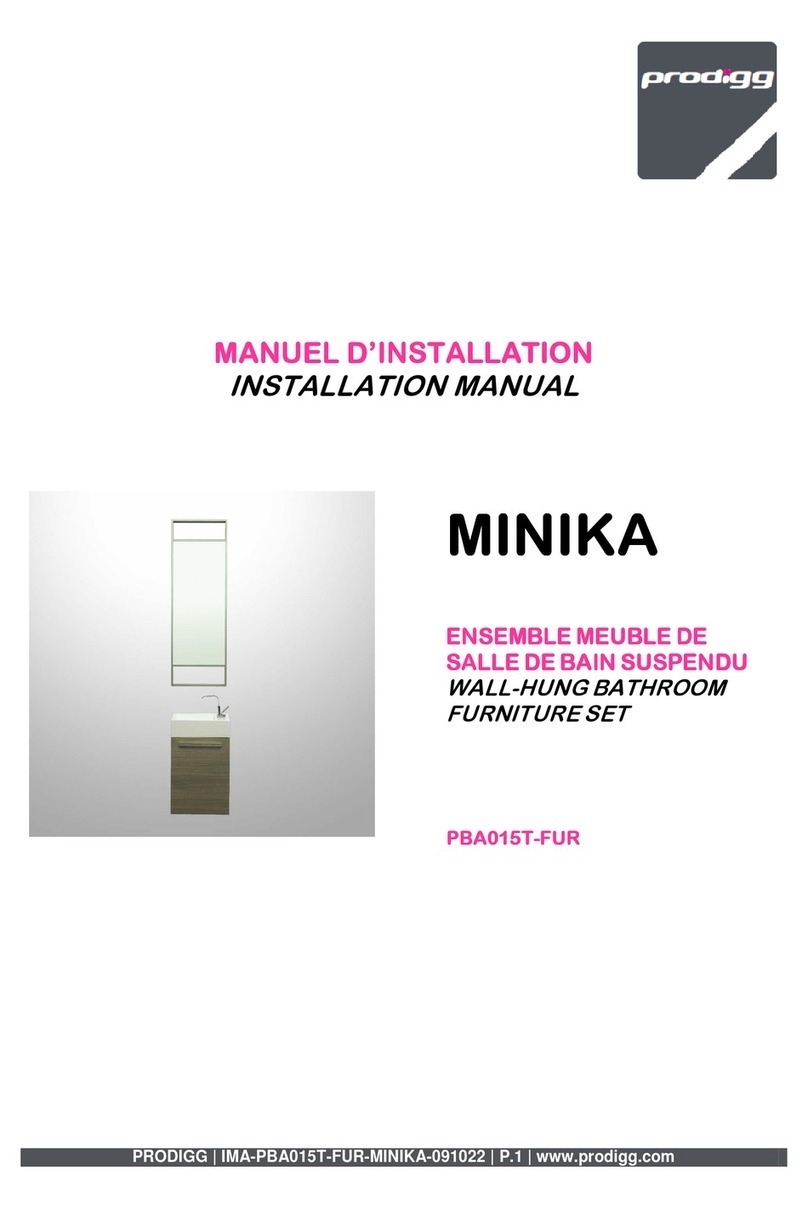2. Precautions for Use
2. The operator of the operating table is required to understand the procedures and features of the
system well.
1) Please follow the precautions below when deciding on a location for installation.
(1)Select a dry location where the equipment will not be splashed with water.
(2)The operating table should be installed in a location free from the adverse effects of
atmospheric pressure, temperature, humidity, ventilation, sunlight, dust, and salt- or
sulfur-containing air.
(3)Caution should be taken to ensure stability avoiding tilting, vibration, and shock
(including transport).
(4)Do not install in areas where chemical substances are stored or gas is generated.
(5)Use caution in selecting the power supply voltage and tolerable current value (or power
consumption).
(6)Connect the grounding correctly using the 3P plug for medical purposes. Also, connect the
grounding cable to the grounding terminal of the system.
2) Take the following precautions before using this product.
(1)Inspect the switches and check that the operating table performs accurately.
(2)Check that the grounding is connected completely from the power supply cable and single-
wire grounding.
(3)Check that the connection of each cable is accurate and complete.
(4)Combination with other systems may lead to errors in accurate diagnosis of the system or
certain hazards. Due care should be taken.
3) Take the following cautions while using this product.
(1)Always monitor that there are no anomalies in the general status of both the system and
the patient.
(2)If any anomalies are found in the system or patient, take appropriate actions, such as
stopping the operation of this product while ensuring the safety of the patient.
4) Take the following cautions after using this product.
(1)Return the operation switches,
etc.
, to the state before use in accordance with the given
procedures and then turn off the power supply.
(2)Do not apply excessive force to the cables by pulling,
etc.,
when removing the cables.
(3)Take the following cautions for storage.
①Select a dry location where the equipment will not be splashed with water.
②The operating table should be installed in a location free from the adverse effects of
atmospheric pressure, temperature, humidity, ventilation, sunlight, dust, and salt- or
sulfur-containing air.
③Caution should be taken to ensure stability avoiding tilting, vibration, and shock (including
transport).
④Do not install in areas where chemical substances are stored or gas is generated.
(4)Clean and sort the accessories, cables,
etc.
, for storing.
(5)Clean the system for storing so that it will not interfere with the next use. Do not splash
the apparatus with water for cleaning. If water will be sprayed to clean the floor,
etc.
,
transfer the operating table to a different location.
(6)Do not place heavy objects on this product or mount the product as a stool.
5) In case of failure, defer repairs to specialist service staff. There are no user-serviceable parts.
6) Do not modify or dissemble this product.
7) Maintenance and Inspection
①Be sure to perform regular inspection of the product (including parts).
②If the product has not been used for some time, be sure to check that it operates correctly
and safely before use.
